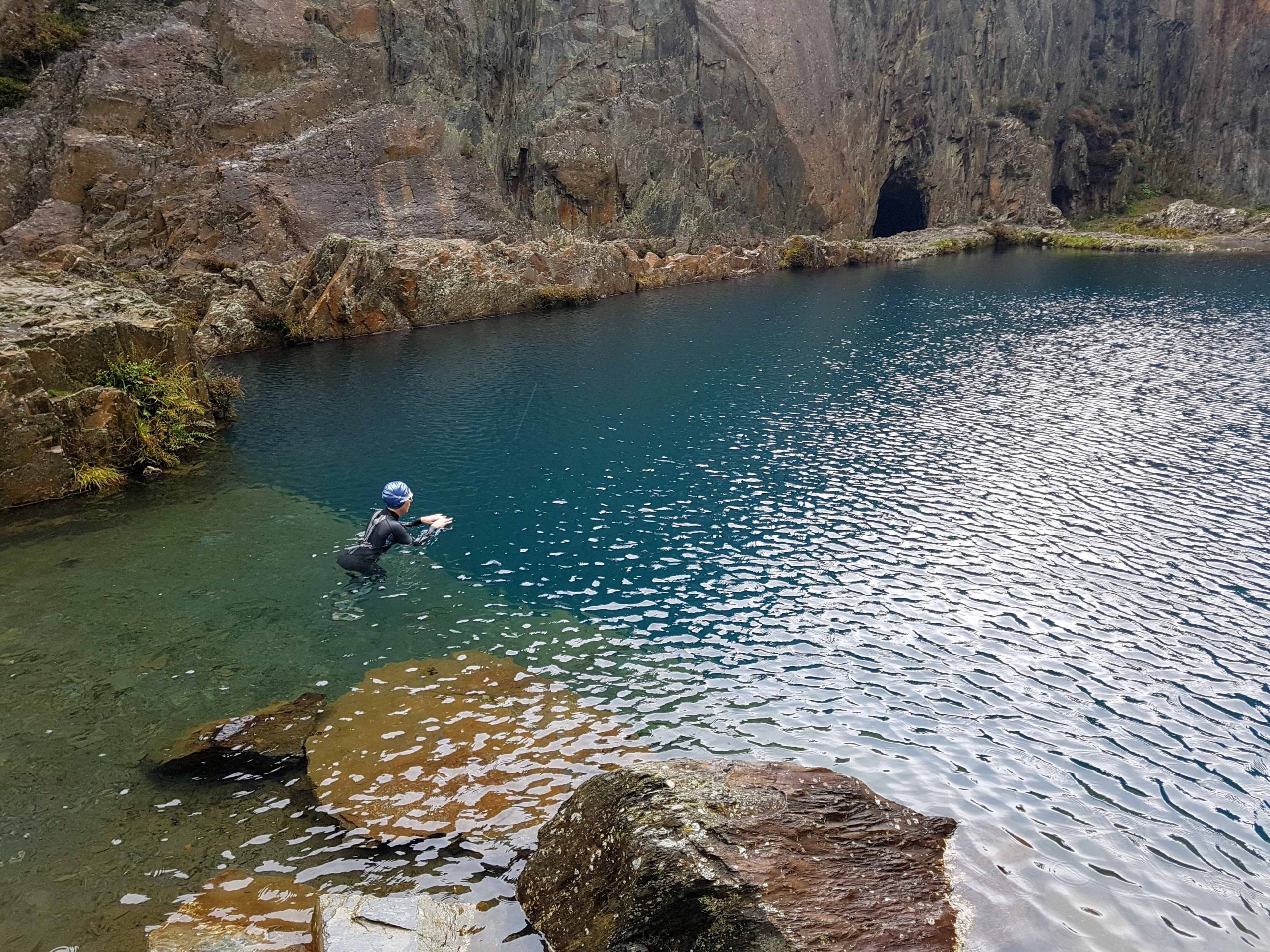We just had a call from someone who had front crawl lessons with us over ten years ago. She said learning to free her neck and lengthening her stroke out was a “light bulb” experience for her. She’s still enjoying swimming for exercise, and front crawl is her stroke of choice. She remembers to relax her neck every time she swims.
She has a friend who struggles a bit with his breathing. She mentioned the importance of the neck to him and he said it had never occurred to him to think about his neck in the water. So she wanted to know if we still give lessons to people like him – swimmers.
I tend to say I don’t swim any more, because I’ve given up swimming for fitness. But Cheryl asked me as I idled in the deep river yesterday, “What are you doing, if not swimming?” To anyone who thinks they can’t do that, she reasoned, I am most definitely swimming.
We know just how to help someone who’d like to idle around in the water and get the most out of its support. But we find that most swimmers who want to ‘improve their strokes’ need similar help. Many, despite being able to coordinate themselves in what look like recognisable strokes, aren’t really comfortable in water.
How do we help improvers with their strokes, these days? We do it, as much as possible, indirectly. By lighting the bulb. By getting them to free the neck, breathe comfortably, rest into the support of the water, idle in the water. The movements and timing of the arms and legs, what we think of as the strokes, then start to fall into place without needing to be too controlled and organised.
Coordination comes from calmness in the water, it seems to be that way round.


